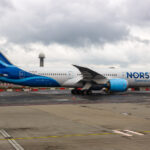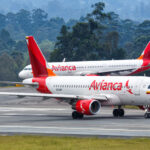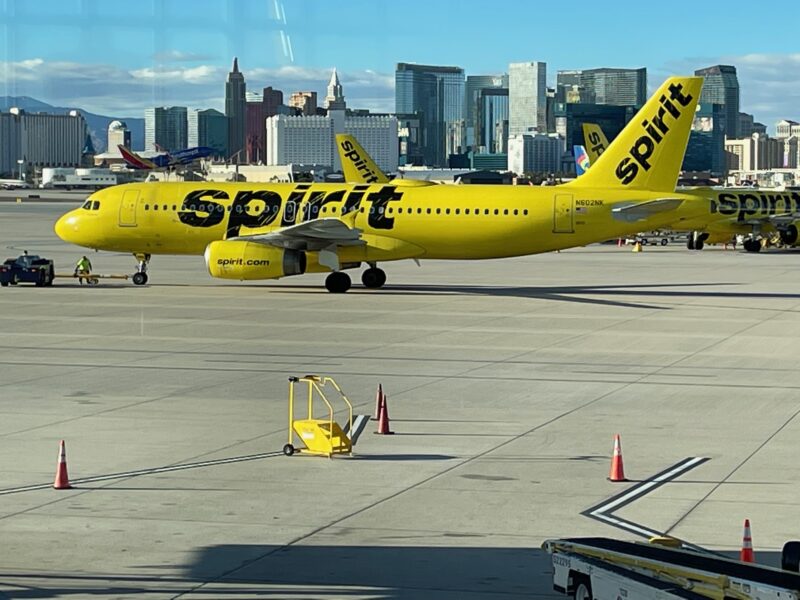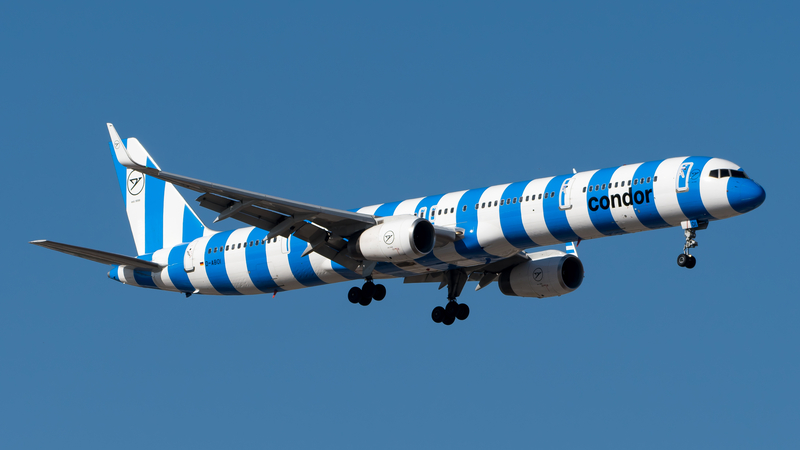Air Astana Orders 15 Boeing 787-9s, Setting Up Next-Gen Long-Haul Growth
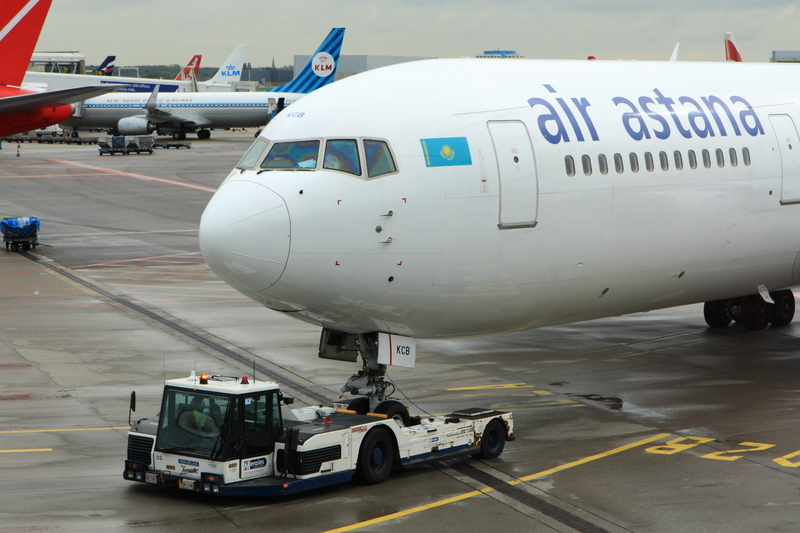
ID 18808372 © Richair | Dreamstime.com
Air Astana (IATA: KC, ICAO: KZR) has firmed an order for 15 Boeing 787-9 Dreamliners, alongside additional lease agreements for three 787-9s to bridge capacity until factory deliveries ramp up. Once in service, the Dreamliners will retire the carrier’s three 767-300ERs and expand the widebody fleet from 3 to 18 aircraft—a 500% increase in long-haul capacity.
Fleet Plan & Hubs
The 787-9s will become the backbone of KC’s long-haul fleet, replacing the aging 767s and standardizing operations around a single, efficient widebody. Primary hubs remain Almaty (ALA) and Astana (NQZ), with additional connectivity via Shymkent (CIT) and Aktobe (AKX).
What the 787-9 Brings Onboard
Dreamliner hardware directly upgrades the passenger experience and operating economics:
-
Bigger windows (≈65% larger than on the 767) with electronic dimming.
-
Lower cabin altitude (~6,000 ft) and higher humidity thanks to the composite fuselage, easing jet-lag on long sectors.
-
Quieter cabins and LED mood lighting for comfort.
-
Bleedless systems and next-gen aerodynamics delivering ~20–25% lower fuel burn versus the 767-300ER—key for opening longer, nonstop routes with better unit costs.
Network Implications: Where the Dreamliners Could Fly
The order underwrites KC’s next wave of long-haul growth across Asia, Europe, and potential North America. Candidate city pairs under discussion include Singapore (SIN), Tokyo (HND/NRT), Rome (FCO), Vienna (VIE), and a possible U.S. gateway such as New York (JFK/EWR). Expect the 787-9’s range and economics to enable nonstops ex-ALA/NQZ that were previously marginal on the 767.
Why Now (and Why It Matters)
Kazakhstan’s air travel has been expanding briskly, aided by domestic growth (boosted by FlyArystan) and steady international demand. The 787-9 order—signed alongside broader U.S.–Central Asia engagement—signals:
-
Modernization: retiring older types in favor of a single, efficient long-haul platform.
-
Reliability: leased 787-9s provide near-term lift while new deliveries phase in.
-
Connectivity: better reach from Central Asia to Europe, East Asia, the Middle East—and potentially North America—via ALA/NQZ.
Leadership View
Air Astana’s CEO Peter Foster framed the 787-9 as the right blend of customer-friendly cabin, fuel efficiency, and range flexibility—positioning the type as a hit with “discerning passengers” as the airline scales up.
Bottom Line
Air Astana’s purchase of 15 Boeing 787-9s (plus three leased frames) is a transformational fleet move: it retires legacy 767s, multiplies widebody capacity, and equips the carrier to launch longer, higher-quality nonstops from Almaty (ALA) and Astana (NQZ). For Kazakhstan, it’s a pivotal step toward cementing the country’s role as a bridge between Europe and Asia—with passenger comfort and operating efficiency to match.
